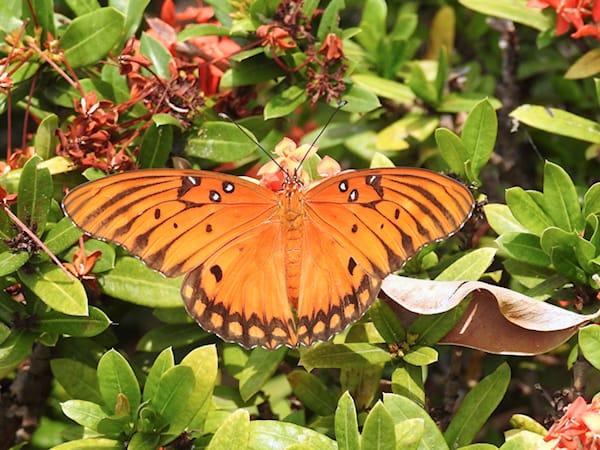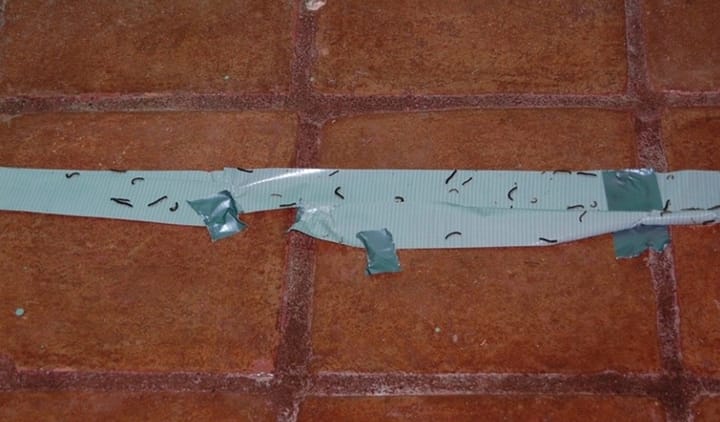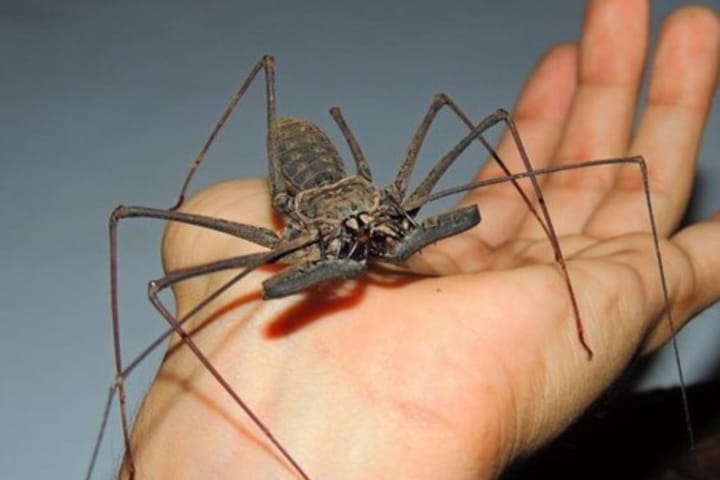Lessons from a Hike in Costa Rica
The view was pure rainforest: a lush, tangled wilderness so dense with trees and vines you couldn't see more than five feet into it. This was the kind of place that swallows paths whole within days and casually hosts snakes that would strongly prefer you visit elsewhere.

From the deck of our rented house in the hills above Dominical, the view was pure rainforest: a lush, tangled wilderness so dense with trees and vines you couldn't see more than five feet into it. This was the kind of place that swallows paths whole within days and casually hosts snakes that would strongly prefer you visit elsewhere.
Naturally, I went in anyway.
The trail had been freshly hacked out that morning by two of Randy’s guys. Randy, a silver-haired surfer from California, moved to Costa Rica in his twenties and never looked back—now in his seventies, he still surfs each morning before breakfast. Randy had transformed what was once cow-trampled pasture into his own private rainforest kingdom. When he invited us to hike down to a waterfall on his property, we enthusiastically agreed—perhaps a little too quickly. Randy casually mentioned that if we waited more than a day, nature would reclaim the trail. Nature doesn’t schedule around humans.
My son Steve and his business partner were having car troubles, their heads hovering over the engine as I passed by toward the trail. Josh, my 25-year-old hiking companion and son's friend, was already bouncing at the forest edge like a golden retriever with opposable thumbs.

“It’s steep!” he yelled cheerfully. “Bring a stick!”
I brought two sticks, gathered a few days before at Dominicalito Beach. I also wore shorts and a long-sleeved shirt, though in hindsight, reversing that ensemble would’ve saved my legs from leafy lashings and my mind from the constant fear of brushing against something venomous.
The descent was slick, muddy, and ridiculously steep. We slid between palms, dodged strangler roots, and braced ourselves against trunks, most of which came accessorized with impressive thorns or espresso-cup-sized insects. Josh, agile and blessedly unconcerned about mortal peril, slipped occasionally but always stayed ahead, turning back often to check my progress.
“You good?” he shouted back.
“Go ahead,” I replied breathlessly. “I need to take it slow.”
Josh vanished into the greenery, and I continued alone. Sweat soon soaked through my shirt and dripped from my face. Like a true masochist, I’d brought along my Nikon DSLR camera and had to awkwardly stuff it into my yoga shorts midway since both hands were needed to avoid certain doom. What kind of lunatic climbs down a rainforest slope with a large camera crammed into her pants? Apparently, this one.
As I inched down a particularly slippery section—one wrong move away from becoming a headline ("American Woman Found Half-Eaten by Boa"). I stood there on that steep slope for a while thinking about my choices. Even the slightest misstep would have sent me down an edge into brush so thick and deep I wouldn't have been able to get out on my own. And I was alone. I hated the idea of giving up but some sort of sense took over and I turned around.
The hike up was worse—straight uphill, with fewer stable handholds. At one desperate moment, I looped the wrist cord of my stick around my neck, channeling a rainforest MacGyver to free my hands and pull myself up by tree roots. Thighs burning and breath rasping, I wondered if I was too old for this nonsense. Would I pass out on a strangler fig root and be dragged away by bullet ants?
Eventually, I collapsed on a shady patch cushioned with wide banana leaves, head on knees, trying to slow my racing heart. It was an odd existential moment. If I were to die—right there, in a Costa Rican rainforest, camera awkwardly wedged in my shorts—I decided it would still beat collapsing under fluorescent office lights at a gray desk.
Half an hour passed in sweaty solitude. Remarkably, just one bug bite—the abdomen area, precisely where I'd stashed the Nikon. Clearly, one local critter had registered its complaint.
The silence was eerie. Being quiet in a rainforest isn’t advisable—it’s courteous (and life-preserving) to alert creatures of your presence. This is partly why people carry machetes here, hacking and making noise to deter surprises like the fer-de-lance, whose bite is best avoided unless you're carrying antivenom as casually as a granola bar. Bullet ants, Brazilian wandering spiders, and jaguars also appreciate a heads-up.
Respecting the wildlife—the first rule of Costa Rica—I knew it was time to move. Just then, a butterfly landed on my boot, fluttered around me, and landed again. Perhaps it was a gentle nudge from the universe: "Move along now." I accepted the invitation and hauled myself upright.

Fun science fact interlude: Costa Rica hosts an estimated 1,200 to 1,500 butterfly species—about 90% of Central America's total, 66% of all neotropical butterflies, and 18% worldwide.
The butterfly escorted me up the trail, flying ahead and to my right, perhaps just headed my way or possibly acting as a temporary spirit guide. It stuck around until I reached the stone wall at the top, the muffled debate over the car still ongoing in the background.
The butterfly disappeared into the trees as I finally emerged—legs trembling, face flushed, camera embarrassingly situated—but undeniably, gloriously alive.



